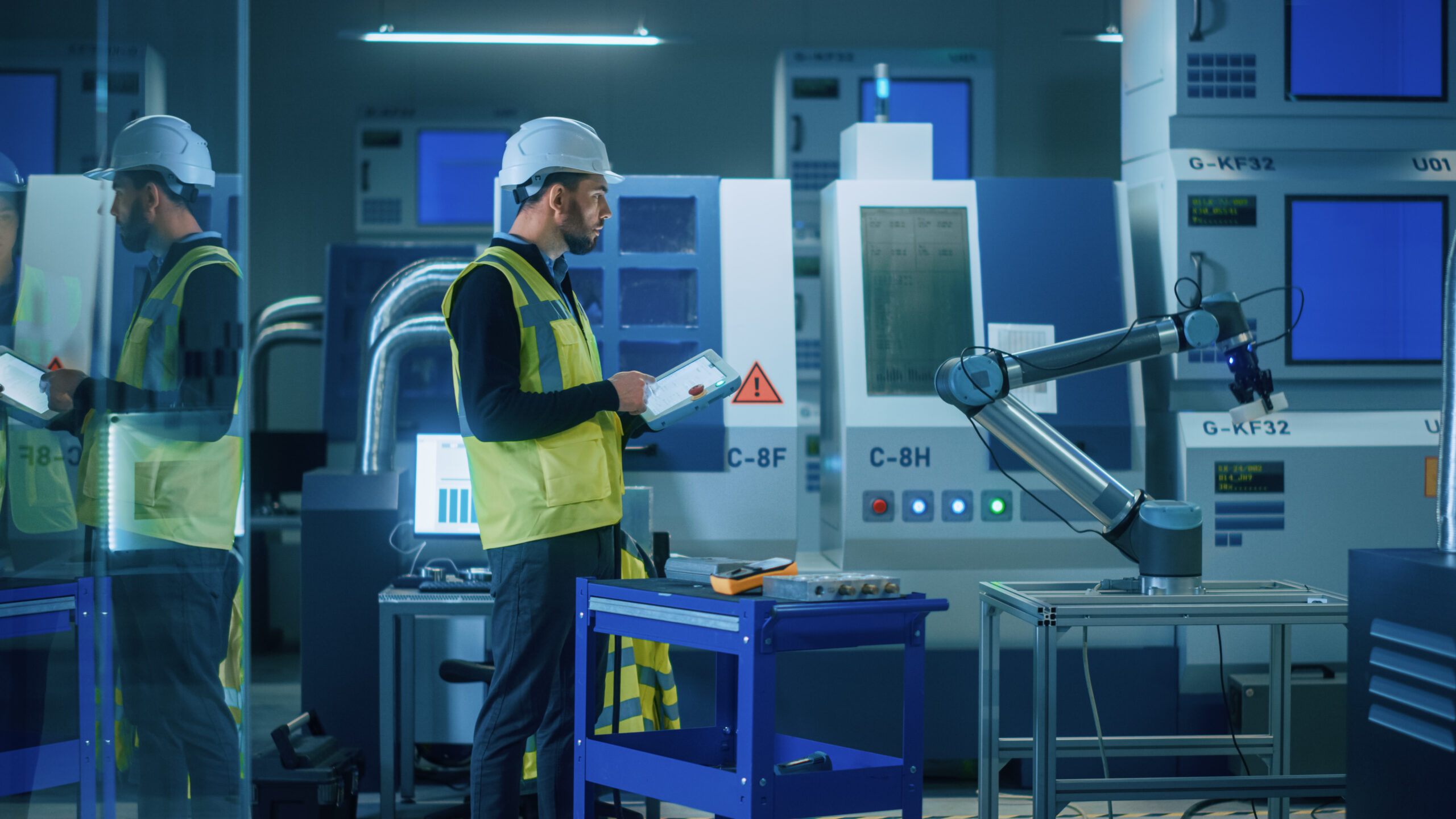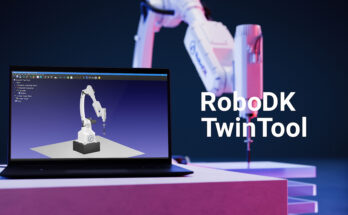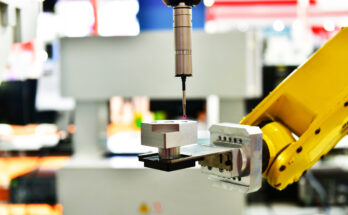Calibrating your robot is essential if you want to achieve optimal performance and accuracy. But how can you easily calibrate your robot without wasting your budget on expensive and unnecessary calibration services?
Without proper calibration, your robot may not function in the way you expect it to. In extreme cases, it might even damage itself or other objects in its workspace.
In this article, we introduce how to quickly calibrate any robot using simple calibration tools, as well as the benefits of properly calibrating your robot.
With the right calibration tools and processes, it’s easy to improve the accuracy of your robot, while avoiding the common mistakes people make when they are looking to calibrate their robot for the first time.
What is Robot TCP Calibration and Why is it Important?
Robot calibration is the process of ensuring that a robot’s coordinate system is accurately aligned with the coordinate system of its environment. This is important because it allows the robot to accurately navigate to specific locations within its workspace.
Without accurate calibration, the robot may end up moving to unintended locations within its workspace or reducing the quality of its task.
Before you can choose the best option for you, it’s important to first understand the difference between the 2 basic types of robot calibration.
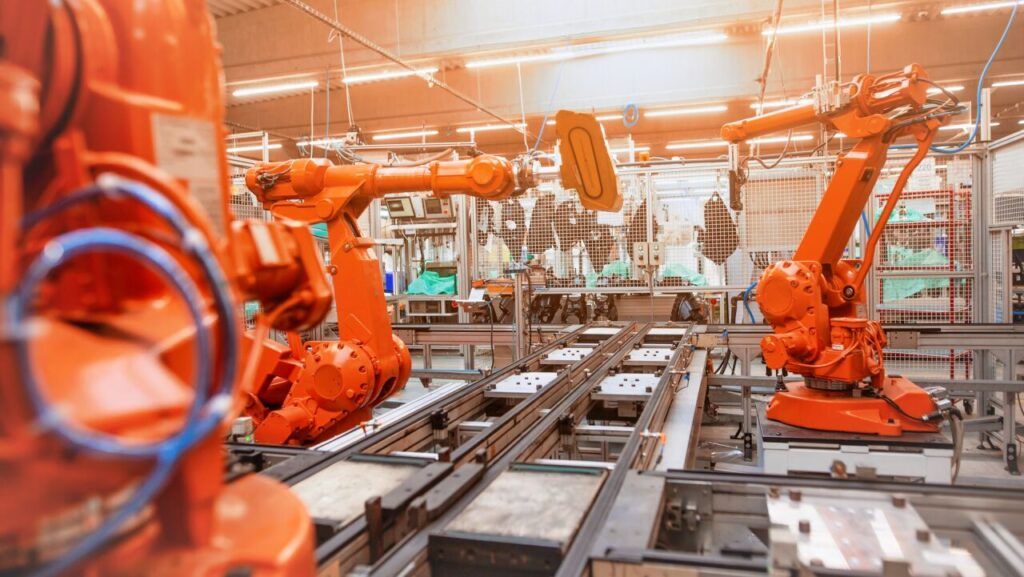
TCP vs Full Robot Calibration: A Common Confusion
At RoboDK, robot users often come to us with requests for our robot calibration service. This is an example of a full robot calibration. It is designed to correct for any inaccuracies in the manufacturing of the robot itself.
For most robot applications, full robot calibration is just unnecessary. It is only needed if your robot application requires very high accuracy.
A more useful and widely applicable type of calibration is Tool Center Point (TCP) calibration. This involves using a quicker, simpler, and more cost-effective calibration process to increase the accuracy of your robot during offline programming.
You can perform accurate TCP with an off-the-shelf calibration tool, or even without a calibration tool if you don’t need such high accuracy.
3 Compelling Benefits of Properly Calibrated Robots
Why calibrate the Tool Center Point of your robot in the first place?
There are a few compelling benefits to having a properly calibrated robot. You can get these benefits even with simpler TCP calibration methods using off-the-shelf tools.
Here are 3 benefits of using this type of calibration:
- Increased accuracy for your application — Programming accuracy is the top benefit of TCP calibration. When you direct a well-calibrated robot to a location in its workspace, it will move to exactly that location.
- Reduced wear and tear on robot tools — For process tasks (where the robot operates directly on the workpiece) accurate placement can reduce unnecessary wear on the tool. For example, with robotic surface finishing, you will increase the life of your abrasive media.
- Optimal use of your robot — Out of the box, robots have high repeatability (they move to the same location every time) but low accuracy (they don’t move to the exact programmed location). TCP calibration is a reliable way to ensure that the robot has both high repeatability and accuracy.
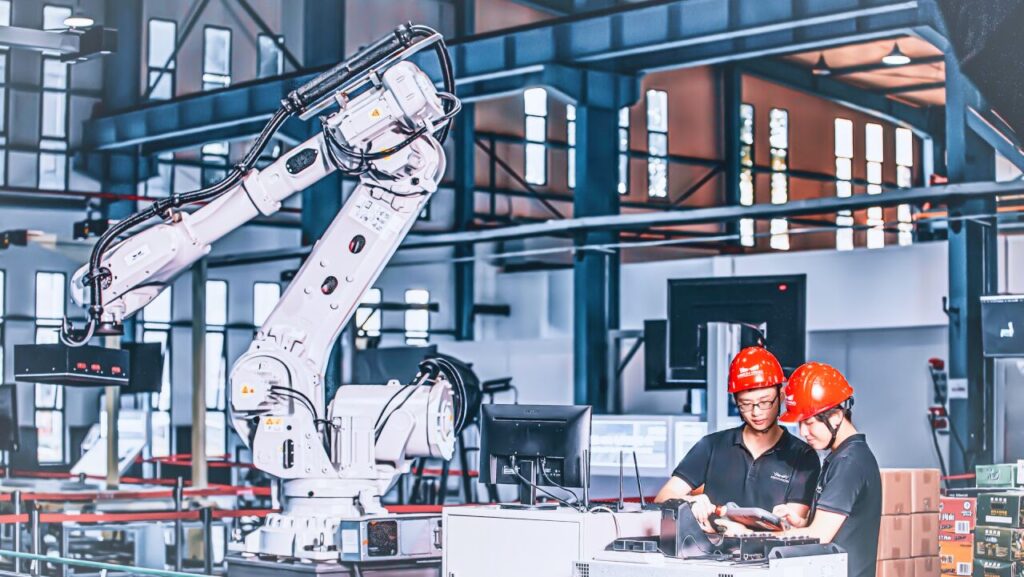
What Calibration Tools Are Available on the Market?
There are a variety of robot calibration solutions and tools available on the market.
3 common categories of solutions you can find are:
- Full robot calibration services — As explained above, this service is only necessary if you want to maximize the accuracy of your robot (e.g. for detailed assembly, accurate laser cutting). For most robot applications, this is unnecessary.
- Laser trackers — One of the most accurate tools you can use to calibrate your robot’s TCP is a laser tracker. This involves purchasing or renting expensive laser tracking hardware but is a good option if you need as high TCP accuracy as possible, without going for the full calibration service.
- Off-the-shelf calibration tools — Finally, some TCP calibration solutions use simple, off-the-shelf measurement tools, such as TwinTool which we introduce below.
There are various properties to think about when you are looking for a TCP calibration solution for your robot.
Properties to think about include:
- Accuracy — Some calibration solutions are more accurate than others. It’s a good idea to specify your required level of accuracy upfront, to avoid getting “blinded” by accuracy numbers listed by solution providers.
- Price — Prices can vary wildly. Generally, the more specialized the hardware, the higher the cost. Solutions that use off-the-shelf components tend to be more cost-effective and can have comparable performance to more expensive solutions.
- Compatibility — Many calibration tools and solutions are only compatible with particular robot brands and models. This makes them less flexible than other solutions.
- Ease of Use — Some calibration tools will require highly specialized knowledge and experience to operate. Others are so easy that almost anyone can use them.
The Simple Solution to Robot TCP Calibration: TwinTool
Clearly, there are several options for calibrating your robot’s TCP.
But what if you are just looking for a quick and easy way to calibrate your robot’s tools for programming?
TwinTool is our solution for simple robot TCP calibration. It’s fast, easy to use, and accurate. Even more importantly, it’s compatible with a range of off-the-shelf linear gages, which it uses to calibrate the robot’s TCP location.
To find out more about TwinTool, just check out our product page.

How to Calibrate Your Robot TCP Using TwinTool
What does the calibration procedure look like with TwinTool?
The process is extremely simple.
It takes just 4 simple steps to calibrate any robot TCP:
- Choose your robot from the list of supported robots. TwinTool supports over 700 robots out of the box, so your robot is likely already included.
- Connect your robot. TwinTool uses a standard USB connection.
- Connect your linear gage sensor. The solution supports a range of common sensors from major brands.
- Move the robot to the sensor and start the calibration procedure. The TwinTool app will then guide you and the robot through the simple calibration process.
This is how simple it is to calibrate the TCP of your robot using an off-the-shelf tool.
What questions do you have about robot calibration? Tell us in the comments below or join the discussion on LinkedIn, Twitter, Facebook, Instagram, or in the RoboDK Forum.. Also, check out our extensive video collection and subscribe to the RoboDK YouTube Channel

